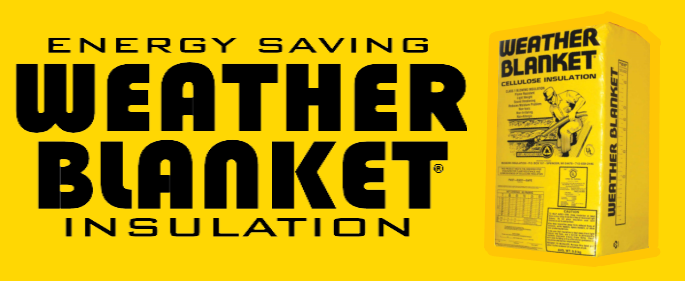Cellulose Insulation for General Contractors
Request Call Back
The Right Insulation for General Contractors
Energy savings, sound control, mold resistance, fire resistance, and environmental concerns all come together to make Weather Blanket Insulation the right choice for your single-family, multi-unit, or commercial building.
Our cellulose insulations have been tested and passed by Underwriters Laboratories® in accordance with UL 723 and ASTM C-739 characteristics and also meet the Federal Standard HH-I-515D for use in government structures.
Our cellulose’s insulation performance and environmental properties make it the right choice for your insulating needs.
Benefits of Cellulose Insulation
Make sure you are familiar with all of the benefits that can be realized when using cellulose insulation. From safety to comfort to the greenest product on the market – cellulose insulation can deliver the performance you are seeking.
- Energy savings
- Sound control
- Fire protection
- Mold resistance
- Corrosion
Sidewalls, cathedral ceilings, and other areas in new construction can be filled with cellulose insulation by using a fabric material to create an enclosed cavity between the studs. The fabric is stapled to the studs and the insulation is blow-in without moisture. The results are a filled cavity that provides outstanding performance.
Sprayed Cellulose (Moisture Added) Insulation
In new construction, cellulose insulation wall-cavity spray is often used. This introduces water into the normal Cellulose insulation to make it damp and slightly gluey so it adheres to wall cavities. It is applied directly into the wall cavities, between the studs, against the exterior sheathing. It provides a tight seal and fills the wall cavity.
As the dry cellulose insulation is blown out of the machine, it is covered with a fine mist of water. The water moistens the dry fibers making it stickier for better adherence to the wall cavity. The correct mixture of water to dry fiber is essential to not soak the wall cavity and yet provide enough moisture to ensure good adherence to the wall cavity.
The wall cavity is "overfilled" so some of the cellulose insulation extends beyond the studs. The excess material is then scraped off using a “scrubber” (a rotating brush) which evens out the wall.
The moisture level of the insulation should be measured with a moisture reader to ensure that it is sufficiently dry before it is closed in with drywall. As this technique is normally used in new construction, it is normally performed by experienced installers. This minimizes the risk of getting the mix of water and dry fiber wrong and allows proper drying time.
LEED
Our cellulose insulation with up to 85% post-consumer recycled content could help you earn LEED points in the following areas:
LEED® Green Building Rating System™ For Core & Shell Development
- Credit 4.1 recycled content - specify 10% (post-consumer + ½ pre-consumer) - 1 point
- Credit 4.2 recycled content - specify 20% (post-consumer + ½ pre-consumer) - 1 point
- Credit 5.1 local regional materials - 10% manufactured locally - 1 point*
- Credit 5.2 local regional materials - of 20% MRc5.1, 50% harvested locally - 1 point*
* Requires manufacture within 500 miles of the job site.
NAHB Green Building
While this program is still in development, cellulose insulation can assist in qualifying as a “green building” in the following areas.
| Credit 2.4.1 | Use recycled-content building materials | 3 pts |
| Credit 2.6.1 | Use materials manufactured from renewable resources | 2 pts |
| Credit 3.3.1 | Building Envelope | 4 pts |
| Credit 3.3.6.1 | Proper installation of insulation including no gaps, voids, or compression | 8 pts |
Reviews
Related Services
Learn More About Weather Blanket Insulation
Serving the Minneapolis, MN and Chicago, IL areas, Weather Blanket Insulation specializes in cellulose Insulation for homeowners, builders, and architects. Save money. Help the environment. Reduce noise.


Share On: